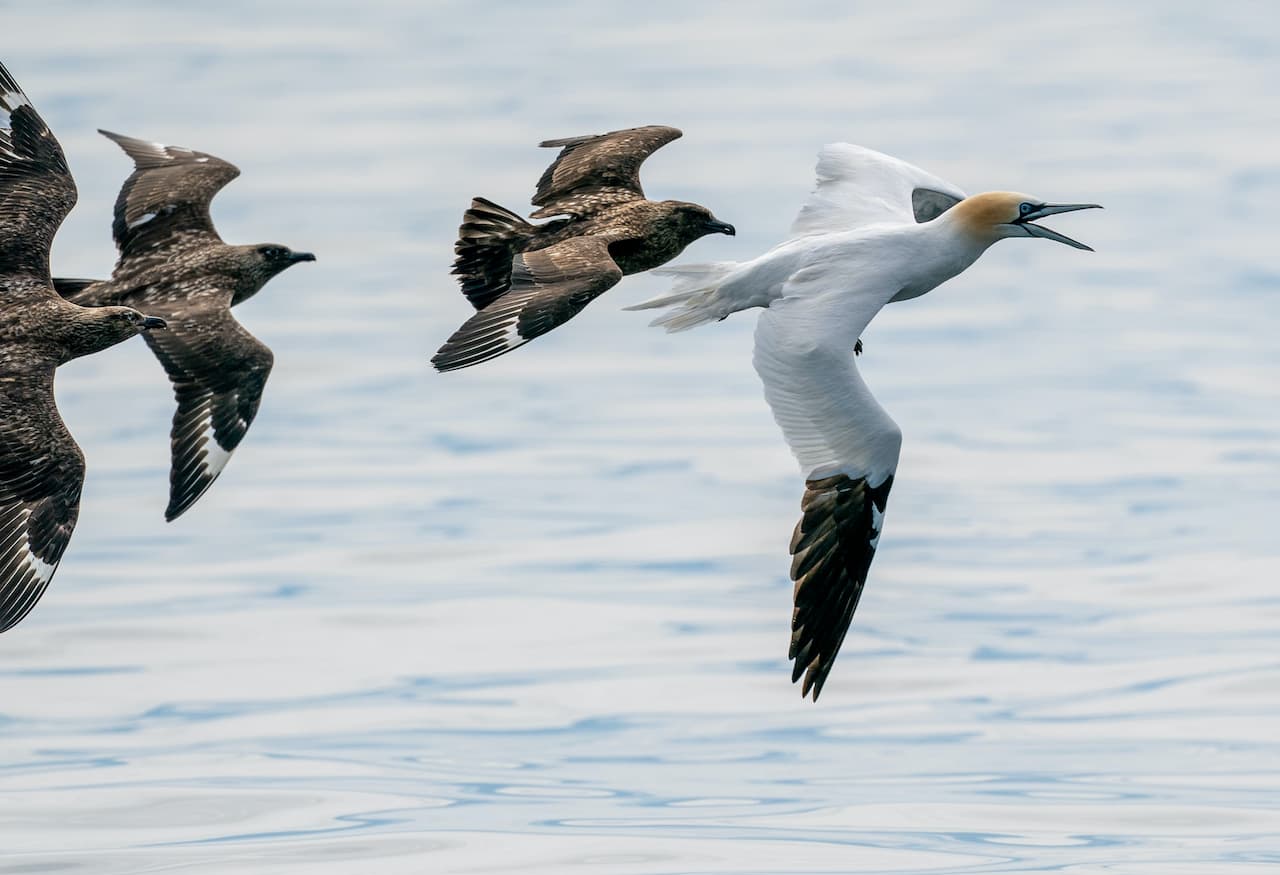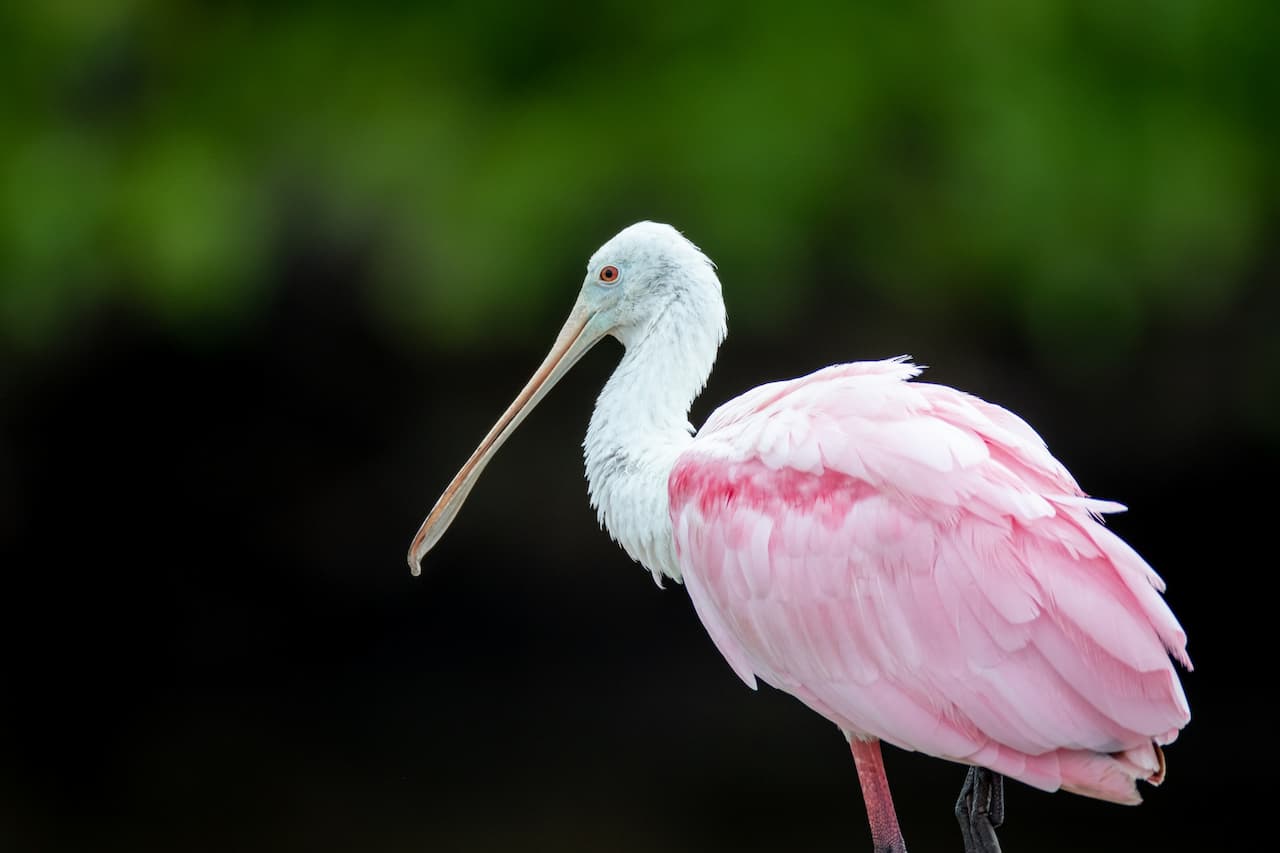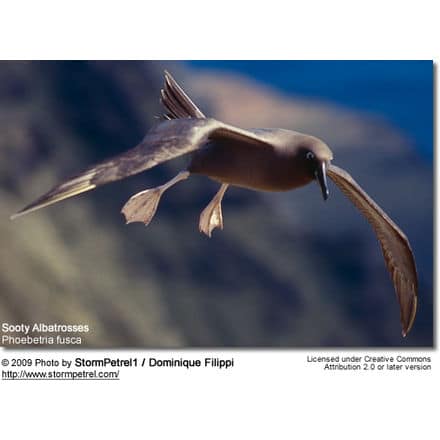Broad-billed Prion
The Broad-billed Prions (Pachyptila vittata) is also known as the Blue-billed Dove-petrel, Broad-billed Dove-petrel, Long-billed Prion, Common Prion, Icebird, or Whalebird.
Range and habitat
The social Broad-billed Prion lives in the oceans and coastal areas in the Southern Hemisphere; where colonies can be found on Gough Island, Tristan da Cunha, South Island, Chatham Islands, on the sub-antarctic Antipodes Islands, and other islands off the coast of New Zealand.
Description
The Broad-billed Prions is a small seabird, but the largest of all Prion species. It measures 25 to 30 cm (9.8 to 12 in) in length and has a wingspan of 57 to 66 cm (22 to 26 in). Its average weight is 160 to 235 g (5.6 to 8.3 oz).
The upper plumage is blue-grey and the plumage below is white. It has a characteristic “M” across its back and wings. It also has a black crown, dark eye stripes, and a black-tipped tail.
It has a broad, flat, black bill with comb-like fringes called lamellae (miniature ridges inside the bills of water-feeding birds or “teeth”).
Similar Species:
It resembles the Fairy Prion but has a more distinct head pattern and a less extensive tail band.
Breeding / Nesting
The courtship display happens at night or in their burrows. They aggressively defend their nest with calling, posturing, and neck-biting.
Breeding begins on the coastal slopes, lava fields, or cliffs of the breeding islands in July or August, as they lay their single egg in a burrow-type nest.
Both parents |incubate the egg for 50 days, and then spend another 50 days raising the chick. The main predators are skuas, although, on some islands, cats and rats have reduced this prion’s numbers drastically.
Colonies disperse from December onwards, although some adults remain in the vicinity of the breeding islands and may visit their burrows in winter.
Feeding
It mainly feeds on crustaceans (copepods, squid, and fish. It utilizes a technique called hydroplaning, which is where the bird flies with its bill in the water it skims water in, and then filters the food. They will pick up food from the water surface.



